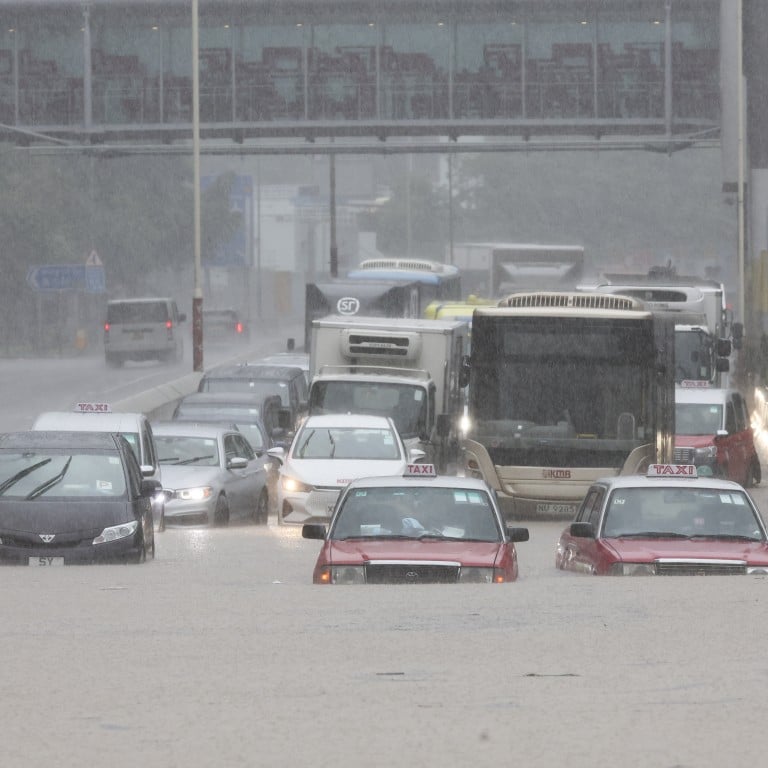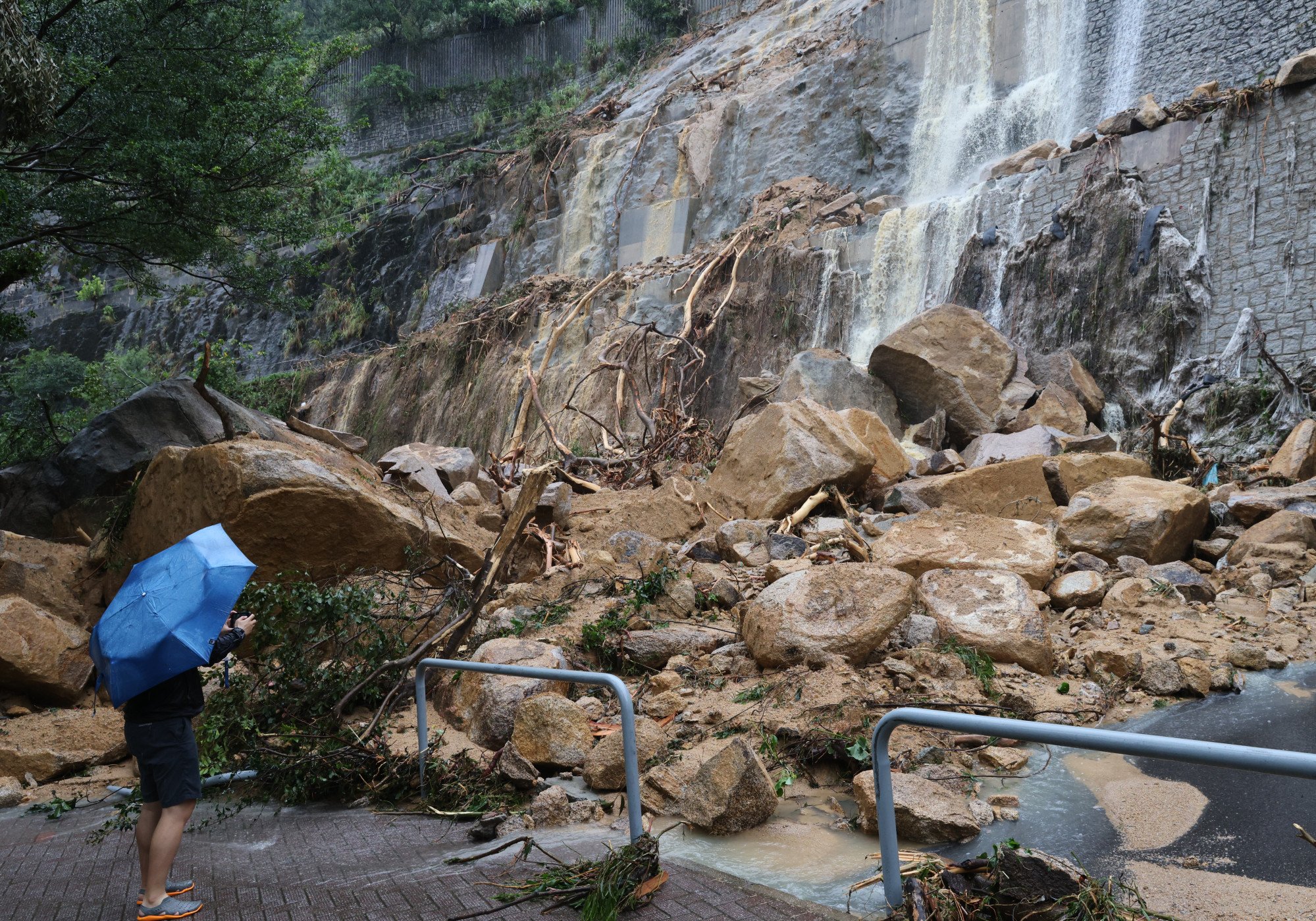
Hong Kong braces for another sweltering year, with 5 to 8 typhoons predicted
- Forecaster says typhoon season set to be more active and could start as early as June
- Last year was city’s second-warmest since records began in 1884, with annual mean temperature reaching 24.5 degrees Celsius
Hong Kong should brace for yet another sweltering year with possibly more typhoons than normal, the forecaster has said.
Delivering its annual overview on Thursday, the Hong Kong Observatory also noted 2023 was the city’s second-warmest year since records began in 1884, with the annual mean temperature reaching 24.5 degrees Celsius (76.1 degrees Fahrenheit). The warmest year was 2021.
The city logged 54 “very hot days” last year, when the maximum temperature reached 33 degrees, and another 56 “hot nights” with the minimum temperature reaching 28 degrees. Both almost broke the record for those categories as well.
“Looking ahead, El Nino will continue to weaken, while La Nina may start to develop in the second half of this year,” Observatory director Dr Chan Pak-wai said, referring to climate patterns in the Pacific Ocean that can affect weather worldwide.

Chan said the forecaster expected five to eight typhoons to approach within 500km (311 miles) of the city this year, with the season starting as early as June and ending by October or later.
“This is an above-normal level,” he said. “Hong Kong sees five to six typhoons every year and the normal range is four to seven only. It’s hard for us to forecast the intensity of the typhoons, but due to climate change, we expect a greater number of stronger typhoons.”
In early October last year, the Observatory raised the No 9 typhoon warning signal with only 15 minutes’ advance notice when Koinu neared the city, leaving residents frustrated as they struggled to make their way home when all open-air rail services had been halted.
But Chan said the earlier the Observatory issued a warning, the higher the chance for inaccurate reporting. Forecasters had to strike a balance between serving residents’ needs and maintaining accuracy, he added.
Hongkongers wake up to damp buildings, slippery floors as humidity hits 100%
“When a No 8 typhoon signal is raised, the weather is already quite bad and residents should stay at home … we understand people’s need for earlier warnings and we will try our best to cater to it,” Chan said.
The annual mean temperature in Hong Kong is expected to be above normal this year, with a high chance of reaching the top 10 warmest on record.
Annual rainfall, meanwhile, was expected to be within the normal range of 2,100mm to 2,700mm. But Chan warned that Hong Kong would still be affected by rainstorms, urging the public to remain vigilant.
Last September, Hong Kong was caught off guard by a severe rainstorm, which officials described as a “once-in-500-years” event that left one person dead and more than 100 injured. Extensive flooding was also recorded across the city.

Chan said it was difficult to forecast if such a weather event would happen again in 2024.
“It’s difficult to predict rainstorms because they can develop within a short period of time and are highly random,” he added. “But we will continue to improve our hardware and software to enhance the monitoring efforts.”
During the rainy season when black rainstorm signals are in force, the Observatory will provide hourly briefings to give the public the latest information.
The weather radar station at Tai Mo Shan has just been renovated and will go into operation soon to monitor inclement conditions, such as thunderstorms, rainstorms and typhoons.
Apart from efforts to use artificial intelligence in weather prediction, the Observatory will launch a forecast that will include monthly average temperature and total rainfall in tercile categories later this year.
Chan added that 2023 was the warmest year on record globally, according to the World Meteorological Organization, with many indicators of climate change setting records, including the global mean sea level.
The past nine years from 2015 to 2023 were also the warmest nine years on record.

